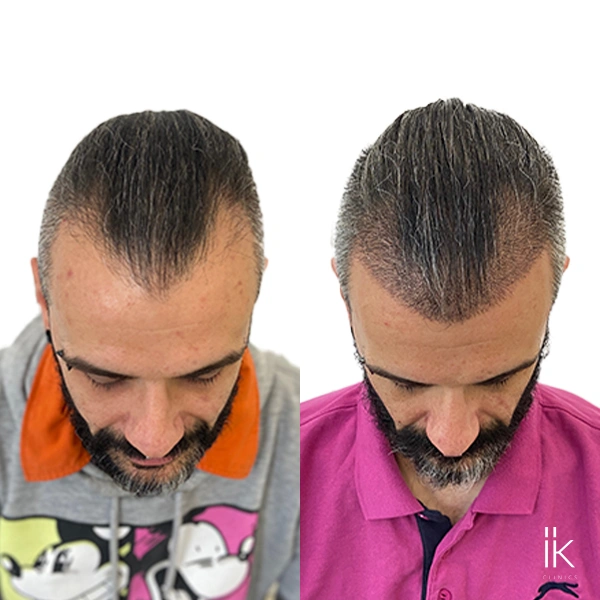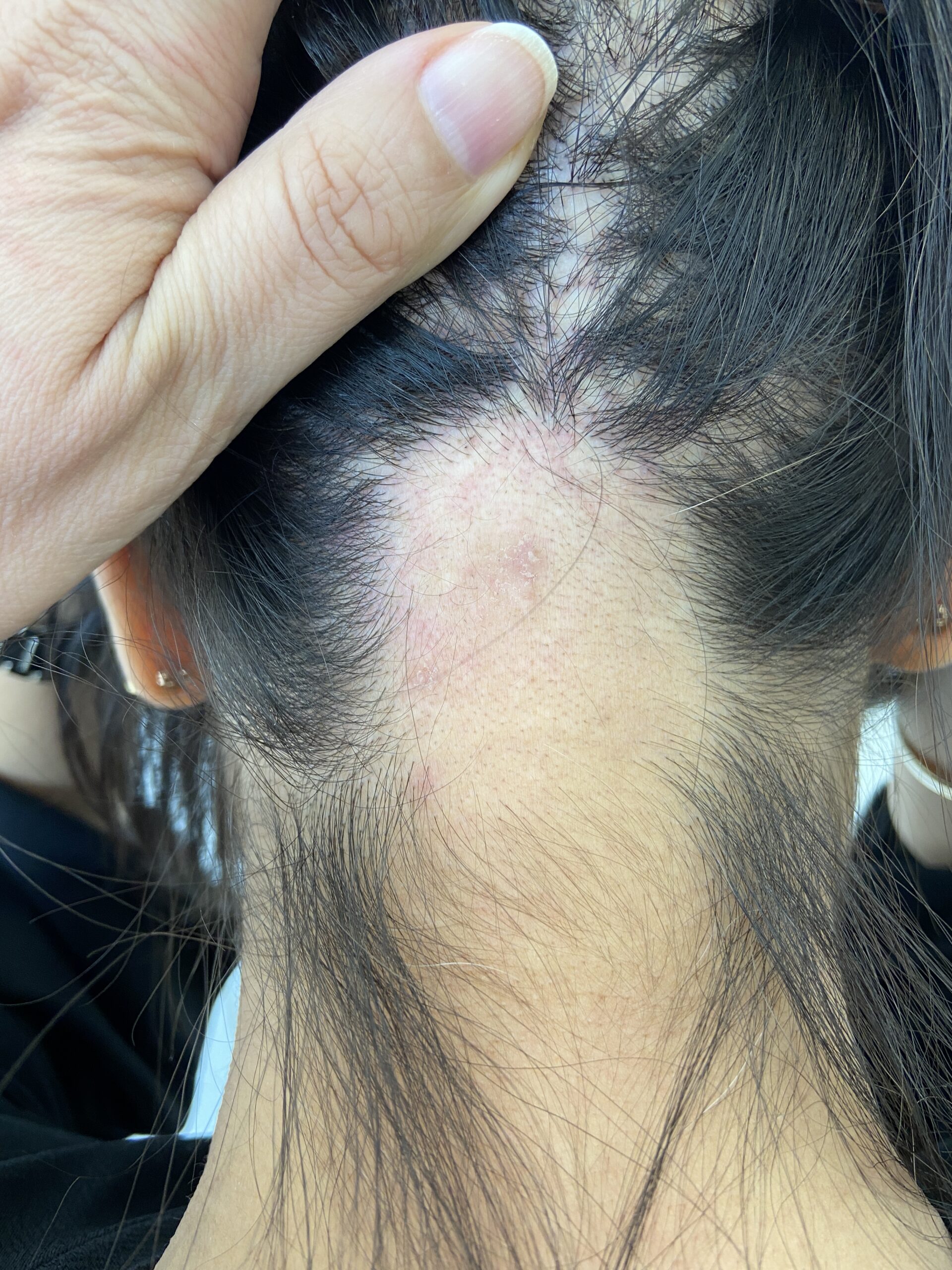When it comes to enhancing facial features or achieving a more youthful, refreshed look, dermal fillers are one of the most popular non-surgical cosmetic treatments available today.
But you may wonder what exactly are dermal fillers, and how do they work? Don’t worry, this feature dives into the details, offering helpful insights to help you decide if they’re right for you.
Understanding Dermal Fillers
Dermal fillers are gel-like substances injected beneath the skin to restore lost volume, smooth out lines, and enhance natural facial contours.
Most fillers are made from hyaluronic acid (HA), a naturally occurring substance in the body that helps keep skin hydrated and plump.
Other types of fillers, such as those made from calcium hydroxylapatite or poly-L-lactic acid, are also available, but HA fillers remain the most popular due to their safety, effectiveness, and reversibility if necessary.
These treatments are versatile and can be used in various areas of the face, including the lips, cheeks, under the eyes, and along the jawline. Whether you’re aiming to add subtle volume or achieve a dramatic transformation, dermal fillers can provide a customised solution to help you reach your aesthetic goals.
How Dermal Fillers Work
The primary function of dermal fillers is to replace or enhance volume in specific areas of the face. As we age, our skin naturally loses collagen and fat, leading to sagging, hollows, and wrinkles.
Fillers work by plumping up these areas, effectively filling in lines and creating a smoother, more youthful appearance.
The process is relatively straightforward. During the treatment, a trained practitioner injects the filler into the targeted areas using a fine needle or cannula. The filler integrates with the tissue under the skin, providing instant volume and support.
Results are usually visible immediately, but they may improve further as swelling subsides in the days following the procedure.

How Much Dermal Filler Do You Need?
The amount of filler required depends on the area being treated and the look you want to achieve.
For example, lip fillers typically involve 0.5ml to 1ml of product for a subtle enhancement, while more noticeable volume may require up to 2ml. Cheek fillers often use 1ml to 2ml per side to restore contour and lift, while the jawline may need 2ml to 4ml to achieve a defined structure.
It’s important to work closely with your practitioner to determine the right amount for you. A good practitioner will aim for a natural look, ensuring that the enhancements complement your facial features rather than overpower them.
Starting with a smaller amount and gradually building up over time is a common approach for first-time clients.
The Dermal Filler Procedure: What to Expect
The procedure for dermal fillers is quick and minimally invasive, often taking just 30 minutes to an hour. It begins with a consultation, during which your practitioner will assess your face, discuss your goals, and recommend a treatment plan tailored to your needs.
Before the injections, the practitioner will clean the area and may apply a numbing cream to reduce discomfort. The filler is then carefully injected into the targeted areas, and the practitioner may gently massage the site to ensure an even distribution.
Many clients describe the sensation as a slight pinch or pressure, with minimal discomfort.
After the injections, you can usually return to your daily activities immediately, making dermal fillers a convenient option for those with busy schedules.

How Long Do Dermal Fillers Last?
Dermal fillers are not permanent, but their longevity is one of their key advantages. On average, fillers last between six and eighteen months, depending on the type of filler used and the area treated.
Areas with more movement, such as the lips, tend to metabolise fillers more quickly, typically lasting six to nine months. In contrast, fillers in areas like the cheeks or jawline can last up to eighteen months.
As the filler gradually breaks down, you’ll notice a return to your natural appearance. Many people schedule regular touch-ups every six to twelve months to maintain their results.
Recovery and Aftercare
One of the reasons dermal fillers are so popular is the minimal downtime required. Most people experience minor swelling or bruising at the injection sites, which usually resolves within a few days.
You can help reduce swelling by applying an ice pack and avoiding intense exercise, saunas, and alcohol for the first 24 hours after treatment.
It’s also normal for the treated areas to feel slightly tender or firm initially, but this should subside within a week or two. Full results are typically visible within one to two weeks, once any swelling has completely settled.
Are Dermal Fillers Safe?
When performed by a qualified and experienced practitioner, like our team at IK Clinics, dermal fillers are considered very safe.
However, as with any cosmetic procedure, there are some risks, including infection, allergic reactions, or uneven results. Choosing a reputable clinic and having an open, honest consultation is essential to ensure you receive the best possible care and outcome.
Why Choose Dermal Fillers?
People choose dermal fillers for a variety of reasons, from enhancing specific features like the lips or jawline to addressing age-related volume loss.
For many, it’s about more than aesthetics – it’s about feeling confident and comfortable in their skin. The ability to customise the treatment to suit individual needs makes dermal fillers a versatile and attractive option for those looking to improve their appearance without surgery.
Whether it’s a subtle tweak or a significant enhancement, dermal fillers can help you look and feel your best, boosting your self-confidence and helping you put your best face forward.

Final Thoughts
Dermal fillers offer a non-surgical way to enhance your appearance, with results that can be tailored to your unique goals.
With minimal downtime, noticeable effects, and the flexibility to adjust your look over time, it’s no wonder they’ve become a favourite among those seeking a refreshed, youthful appearance.
If you’re considering dermal fillers, take the time to research your options and choose a qualified practitioner who understands your needs. A consultation is the first step to discovering how dermal fillers can help you achieve the look you desire – because when you feel good about yourself, it shows.
About IK Clinics
At IK Clinics, we’re not afraid to say that we’re proud to lead the way. Our expert team, advanced technology, and commitment to patient care ensure you get the best experience from start to finish.
What’s more, we offer a range of services in hair restoration, like FUE, Stem-cell and Plasma Therapy, along with various anti-aging treatments. Get in touch to find out more or book a consultation.


